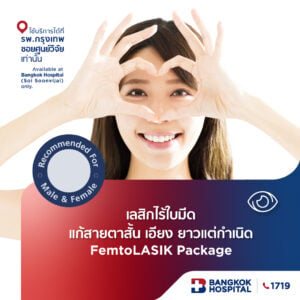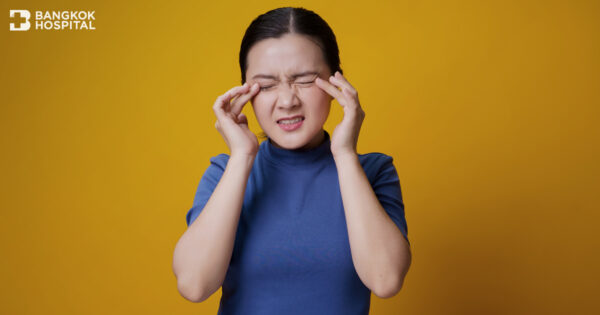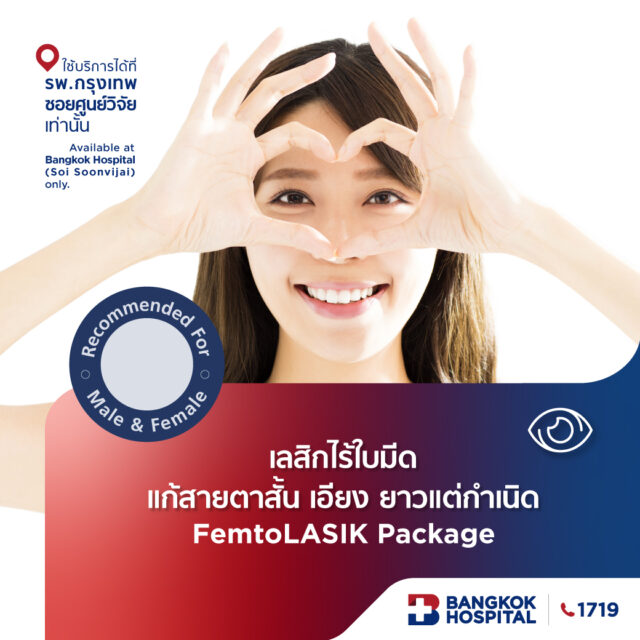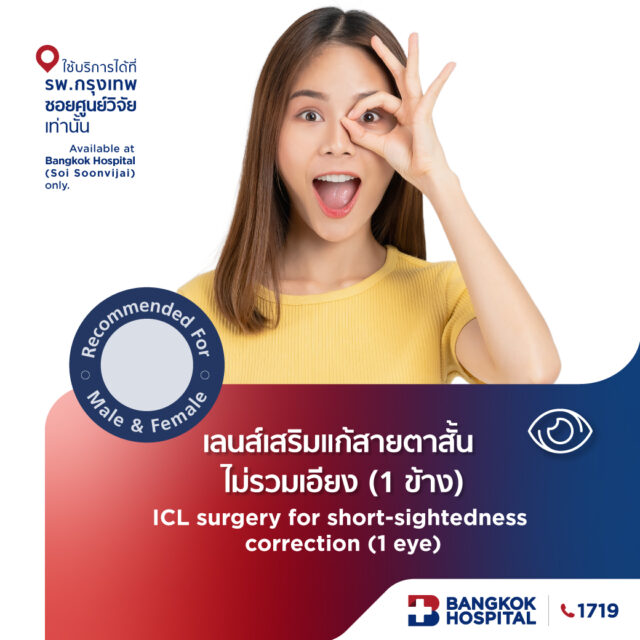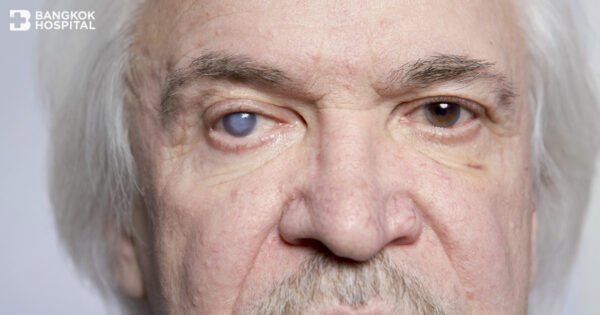If you experience itchy, burning, watery, or dry eye and the condition improves very little even after applying eye drops, or red eye or swollen and red eyelids, or endure recurrent stye or crusty skin flakes on your eyelashes when you wake up in the morning – sometimes so thick that you could hardly open your eyes – persistent experience of any of these symptoms, it is likely that you may be suffering from blepharitis. This can actually be more serious than what you may think.
What is Blepharitis?
Blepharitis is the inflammation of the eyelid skin, especially around the edges – consisting of eyelash as well as its follicles, and meibomian gland. The condition is usually determined as the cause of eye irritation and discomfort.
In addition, almost half of the patients who have been examined by an ophthalmologist are found to have this condition. Blepharitis symptoms are not always apparent, but it can strike any one regardless of age or gender. When this happens, both eyes are often affected and the condition is usually chronic, but not infectious. Though it is not so severe as to cause blindness, blepharitis can interfere with the daily life and impact your personality. It can even lead to a permanent change around the eyelid area, causing dry eyes condition or pushing eye lashes to grow inward and rub against the cornea which results in inflammation or damage to the cornea that afects your vision.
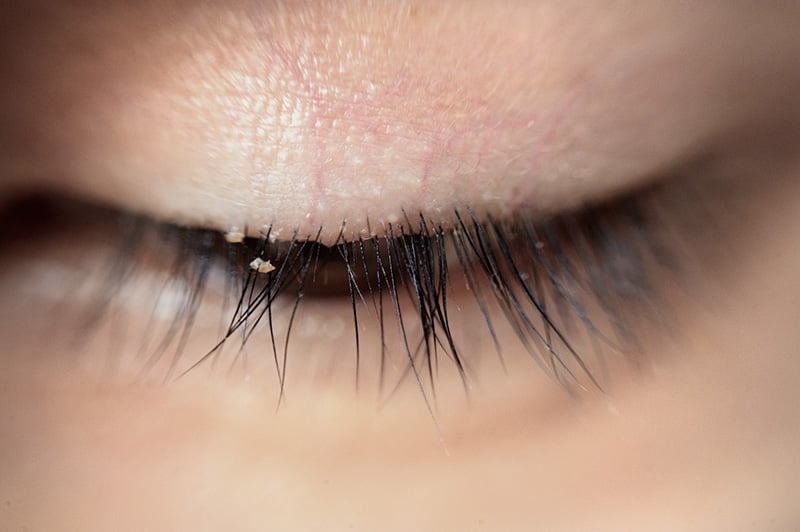
Types of Blepharitis
The types of blepharitis are categorized according to its location: anterior and posterior blepharitis. However, it is rather difficult to distinguish the two as they often occur together.
- Anterior Blepharitis. This area includes the skin around the eyelids, base of the eyelashes and their follicles.
- Staphylococcal Blepharitis caused by staphylococcal bacteria and is frequently found in women – up to 80% of the cases.
- Seborrheic Blepharitis that is the inflammation of the eyelids’ sebaceous glands.
- Posterior Blepharitis. This usually is caused by meibomian gland dysfunction (MGD).
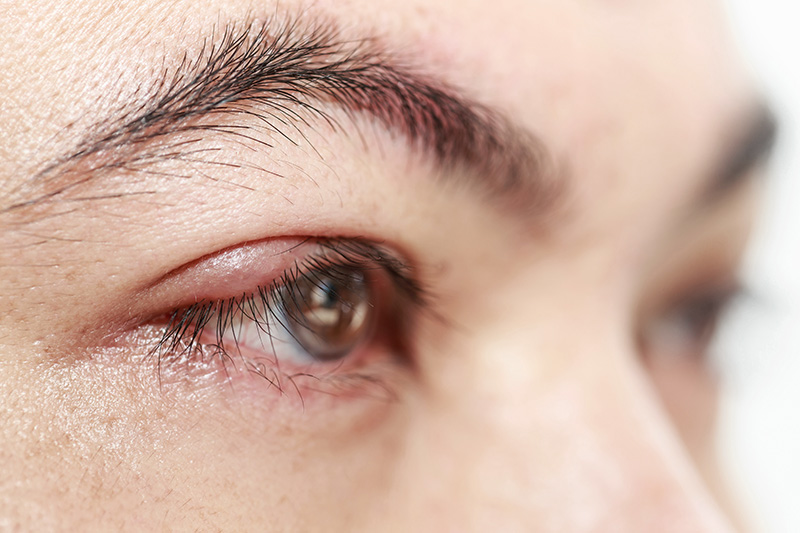
Causes of Blepharitis
The actual cause of blepharitis is not clearly known. It can be a combination of many factors, such as:
- Seborrheic dermatitis where the skin flakes cause inflammation and irritate the area around the eyelids.
- Infection.
- Meibomian Gland Dysfunction (MGD).
- Allergy or reaction to eye drops, contact lens cleanser, or cosmetics.
- Dust mites or demodex.
- Dry eyes.
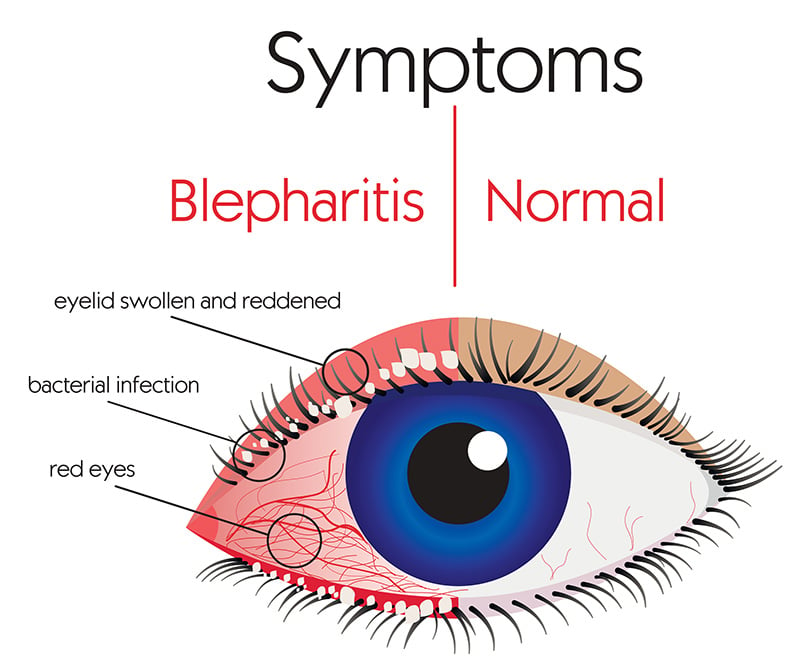
Symptoms of Blepharitis
- Feeling as if something is in the eye.
- Burning or irritating eyes.
- Watery eyes.
- Itchy eyes.
- Sensitivity to light.
- Swollen and reddish eyelids.
- White dots – similar to pimples – around or on the edge of the eyelids.
- Foamy tears.
- Dry eyes.
- Crusty eyelids, or skin flakes on eyelashes or near the tear duct – usually when waking up in the morning, and sometimes the eyelashes are stuck so tightly together that it is difficult to open the eyes.
- Eyelashes stuck together in clusters.
- Blurry vision but improves after a few blinks.
Complications from Blepharitis
- Problems with eyelashes – e.g., falling out, grow in the wrong direction or askew.
- Anomaly of the eyelid skin – e.g., scarring at the edge of eyelid, eyelid edges turn inward or outward.
- Excessive tearing, or dry or itchy or burning or irritating or pink eyes caused by meibomian gland dysfunction (MGD) when the gland – whose function is to secrete fluid that prevents tears from evaporating too quickly – is inflamed too often.
- Blocked follicles around the eyelids that cause inflammation and swelling of the eyelids – i.e., stye. Sometimes, though the infection has subsided, it may leave a trace as chalazion – hard bump around the eyes.
- Chronic pink eye – conjunctivitis.
- Injury to the cornea due to constant irritation of the eyelids or misdirected eyelashes growth. Also, dry eyes or insufficient amount of tear production will increase the risk of a corneal infection. If the cornea is scarred by an injury and becomes cloudy, it can affect the vision permanently.
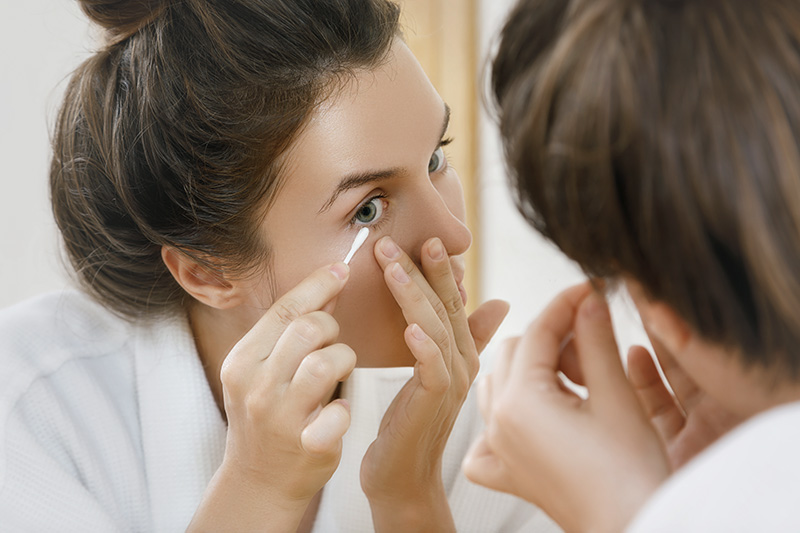
Blepharitis Treatment
The best way to treat blepharitis is to keep the eyelids and their surrounding areas clean. This can be accomplished easily at home by:
- Avoiding using cosmetics around the eyes until the symptoms improve, to reduce irritation.
- Applying warm compress over the eye – use clean cloth moistened in warm water (or something similar such as hot water bag, gel patch or boiled egg), keeping the temperature at around 40C, placed it over each eye for 10 – 15 minutes 1 – 2 times a day – to loosen crusty deposits or blockage of the eyelids which can then be easier to wash away.
- With cleanly washed hands, massaging the eyelids by gently pressing a finger on each eyelid and tracing it perpendicularly toward the edge of the eyelid along the location of the meibomian glands, to relief any blockage. However, this technique is not recommended in the case of severe infection.
- Cleaning the eyelids with a 1:1 mixture of baby shampoo and clean water using a cotton pad and rubbing it back and forth a few times along the edges of the eyelids and base of the eyelashes while keeping the eyes closed. Then wash the mixture off with clean water. Nowadays there are other products – such as foamy cleanser or medicated pads – especially for this purpose which makes it more convenient.
- Consulting a doctor if the symptoms do not improve, to determine the underlying cause and proper treatment.
- Applying antibiotics. This can be in the form of an eyedrop, paste, or oral medication if there is an infection.
- Applying steroids to reduce inflammation, swelling or irritation.
- Applying immunomodulators, such as cyclosporine eyedrops, to help treat certain types of inflammation (e.g., posterior blepharitis).
- Using artificial tears to reduce dry eye condition and irritation.
- Utilizing other medication to help treat suspected cause of blepharitis, such as allergy or seborrheic dermatitis.
Blepharitis Prevention
Blepharitis usually is a chronic condition and may not be completely cured. It can re-occur after a treatment. So, it is important to maintain proper eyelids and facial hygiene. Avoiding or controlling risk factors will also improve the symptoms, enabling blepharitis to be treated quickly while preventing persistent recurrences. This can be accomplished as follows:
- Keep you face and hands clean.
- Try not to touch or scratch your face, or rub your eyes.
- Wash cosmetics of your face before going to bed each night.
- Regularly change cosmetics for the eyes – e.g., eyeliner, eyeshadow, mascara – to prevent accumulation of germs.
- Wear eyeglasses or contact lenses until the condition has improved.
- Wipe of tear stain or excess eyedrops with clean tissues or cotton pads.


